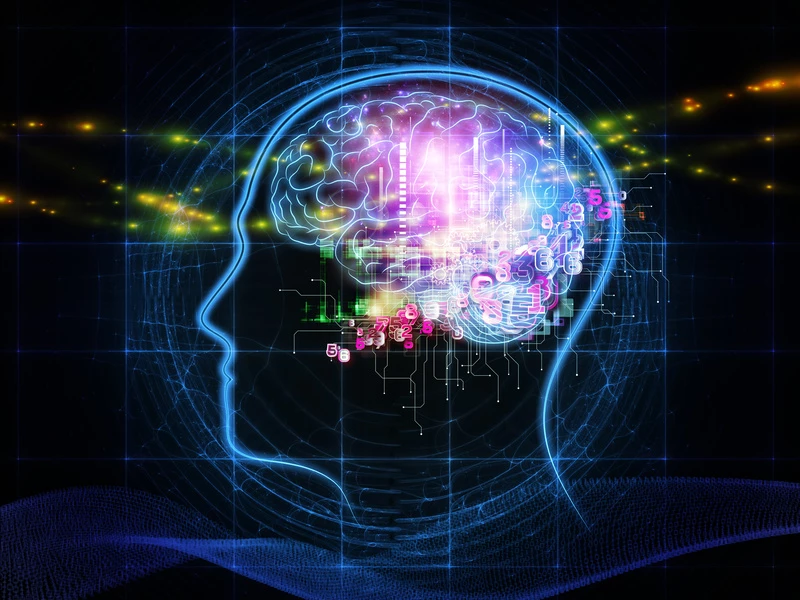
Partner Article
Here come the marketing bots: The role of machine learning and AI in marketing
I remember reading a story recently about how the most advanced jets have outpaced the ability for a human pilot to operate them. A similar story is becoming apparent within the marketing industry, as the advancement of technology has evolved consumer expectations to a point where marketers are challenged to keep up the pace amidst all the complexity. As a result, there are three main drivers that are powering the adoption of artificial intelligence and machine learning in marketing:
- The complexity of the new marketing challenge: The number of channels, the sheer volume of data, the fragmentation of the tech stack, and the unpredictable nature of the buyer’s journey
- The need to process all this in real time: to make decisions about offers, personalisation and context in milliseconds, letting you improve your engagements in digital channels
- The need to do it at scale: The complexity and real-time imperatives might be manageable just using rules if you were handling a few interactions. But the reality is that you’re handling millions
Put these all together and you can read the writing on the wall: The gap between consumer expectations and technology complexity means marketers need help. How much of noise surrounding AI is just hype and what marketing tasks can be done by robots?
There’s a lot over-claim on these technologies, but instead focusing on what machine learning or AI really are, we should consider how they can help businesses and marketers achieve what they set out to do.
Whether we are referring to rules-based automation, natural language processing, machine learning or AI, the point is we need help managing some hard tasks. These include gathering all customer interaction data, processing it for insight, visualizing it, activating the insight across touchpoints, and measuring the results. Marketers should focus on the value we’re trying to realise: Delivering more relevant experiences for customers, improving business outcomes because of that relevance, and doing it efficiently to get more from our budgets. That’s business value.
Today, artificial intelligence and machine learning are still relatively new categories for marketing, but they are evolving rapidly. This is not a man vs. machine battle like that of Skynet in Terminator, Rather, it’s a little like cruise control on your car - there are a number of complex technologies and processes under the hood, but the driver is ultimately in control of the car and the technology merely helps to deliver a more enjoyable driving experience.
Machine learning and smart automation are beginning to prove value in an increasing number of areas including optimization, personalisation, customer segmentation, and contextual intelligence. In these cases, the technology is useful in enabling marketers to automate incredibly complex processes so they can focus on the marketing rather than manual tasks. As the algorithms and use cases continue to advance, we’ll see more benefits as the trends eventually shift from early adoption to broader acceptance.
The prerequisites for marketing teams deploying AI and machine learning today The first thing marketing teams need to do in preparation for these technologies is shift their mindset. First movers will recognise the benefits of AI and machine learning, and hence gain competitive advantage with the ability to move faster, deliver better user experiences, and optimise programs. Most marketing teams are probably deploying at least rudimentary AI in places they may not even realise, for example in their marketing automation or ecommerce recommendation engines and other areas. But there’s a lot more to be done.
Another prerequisite is that you have the right data in place ready to be analysed, integrated, cleansed and mastered. If you don’t have access to the data that customer interactions generate, or if that data is locked up in channel or app silos, then your ability to leverage machine learning will be very limited. It’s critical to get the data layer right.
With these building blocks in place, marketers can start to apply new automation capabilities to their marketing functions and equip their systems and platforms to help deliver the next generation of contextual, personalised interaction their customers are looking for.
This was posted in Bdaily's Members' News section by Scott Anderson .








 A year of resilience, growth and collaboration
A year of resilience, growth and collaboration
 Apprenticeships: Lower standards risk safety
Apprenticeships: Lower standards risk safety
 Keeping it reel: Creating video in an authenticity era
Keeping it reel: Creating video in an authenticity era
 Budget: Creating a more vibrant market economy
Budget: Creating a more vibrant market economy
 Celebrating excellence and community support
Celebrating excellence and community support
 The value of nurturing homegrown innovation
The value of nurturing homegrown innovation
 A dynamic, fair and innovative economy
A dynamic, fair and innovative economy
 Navigating the property investment market
Navigating the property investment market
 Have stock markets peaked? Tune out the noise
Have stock markets peaked? Tune out the noise
 Will the Employment Rights Bill cost too much?
Will the Employment Rights Bill cost too much?
 A game-changing move for digital-first innovators
A game-changing move for digital-first innovators
 Confidence the missing ingredient for growth
Confidence the missing ingredient for growth